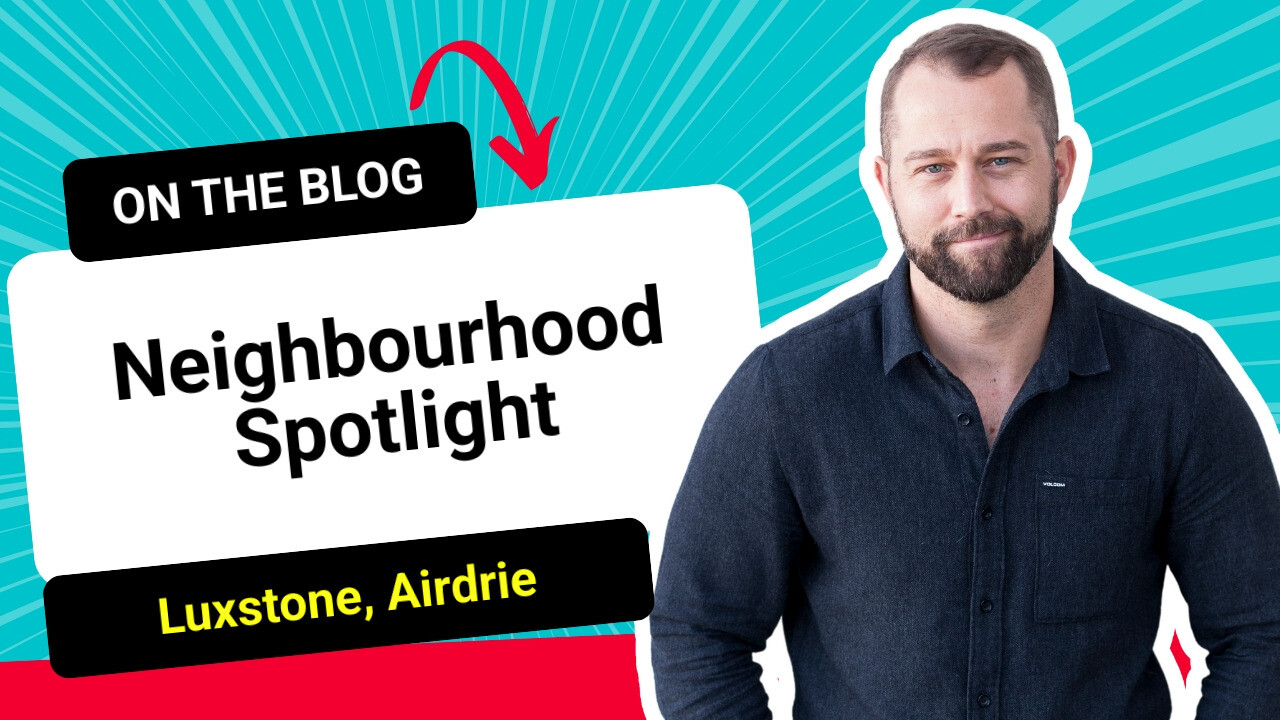
Home staging is a great way to sell your home fast without having to do much work. But who pays for it? And how does it work?
There are many misconceptions surrounding home staging. In this post, we’ll clear up the confusion and explain exactly what home staging is, why it works, and who pays for it. We’ll also cover the pros and cons of hiring a professional versus DIY home staging.
Home staging is a great way for sellers to get top dollar for their homes without too much work. However, not everyone knows how to stage their home properly. Getting it wrong can leave buyers confused as to whether the house is really worth buying.
Avoid making a critical mistake by reading our in depth guide to home staging.
What Is Home Staging?
Staging is the process of preparing a property for sale. This includes everything from cleaning and decluttering to painting walls and adding accessories. The goal is to make the space look its best so that potential buyers will be more likely to buy it.
The most common misconception about home staging is that it’s just about cleaning and decorating. While you certainly need to put some thought into the overall design of your home, there’s more to it than that.
When you stage your home, you’re actually trying to create an emotional connection with prospective buyers. You want them to feel like they could live happily in your home. That means taking care of all the little details that might otherwise go unnoticed.
Why Home Staging Is Important
When selling a home, there really aren’t many ways to increase the asking price. Buyers make decisions based on the location, condition and price of a home. As a seller, you can’t change the location and the price is often determined by the market – so you’re left with the condition.
This is especially important because most real estate agents say that 80% of buyers decide within the first 24 hours whether they’re going to purchase a house. So if your home doesn’t appeal to them, they won’t bother calling back.
Staging a home professionally usually costs between $1,000 to $2,500. The average cost per room is $300-$600. According to the International Association of Home Staging Professionals, spending just $1,500 on staging can increase your sale price by as much as 20%.
Home staging can also help to sell your home more quickly. Studies have shown that a staged house can help it to find a buyer as much as 11x faster than unstaged.
Check out this 2017 study for more statistics!
Is Home Staging Worth It?
As I mentioned above, staging your home can have a huge effect on how your house sells. If it’s still unclear though, here are some of the benefits of home staging:
- Get higher offers – staging allows buyers to more easily imagine themselves living in your home, therefore increasing their desire. Buyers are always willing to spend more on their dream home.
- Get more offers – as above, your staging will help your home to appeal to more buyers, and you will likely attract more offers.
- Sell faster – staging your home will help it to look nicer in photos, which will attract more viewings. Keen buyers will also move quickly to avoid losing out to other interested people.
What Are The Options (and Their Cost)
There are many ways to stage a home, including hiring professional stagers who work directly with homeowners, or staging your home yourself. Or, you can consider virtual staging as a cost-friendly and effort-friendly option.
Here are the options for you to consider.
Staging Your Home Yourself
You can stage your home yourself without any special training. However, it takes time and patience. And while you may not get the same results as a professional stager, you’ll save money.
That’s not to say it won’t cost you anything though – you will need cleaning products, and you may want to consider repairing and replacing items in your home.
Regardless, this is your cheapest option, but most labour intensive.
Using a Professional Staging Company
If you don’t have the time or skills to stage your own home, then you should hire a professional stager. They typically charge anywhere from $1,000 to over $3,000 depending on the size of your home and what services you require.
The standard fee in Airdrie for staging a detached family home is around $1,500 to $2,500.
Virtual Staging
This is an increasingly popular way to stage your home. Virtual staging entails getting photos of your property, and then having a professional fill your home with virtual interior design. This is a quick and easy option, because no work is required from you.
Virtual staging usually costs less than $1,000 and can drastically improve your pictures of empty rooms. However, since it’s digital only, people viewing your home in person will likely just see empty rooms. So it may not be as easy to envision themselves living there.
What Does Home Staging Include?
Home staging efforts include everything from removing clutter, painting walls, adding furniture, and even changing light bulbs. The goal is to make your home appear clean, tidy, and inviting.
It’s important to note that if you’re selling your home, you don’t always have to remove personal belongings such as artwork, books, and knickknacks. You can often leave these things in place, but they should be arranged and organized.
I’ll go over this in more detail next.
Home Staging Options You Can Do Yourself
If you have the budget, and see the value in a professional home stager, then you should definitely work with one. Speak with your realtor to see who they recommend, or search online for trusted companies. Any reputable staging company will be able to tell you exactly what they do and what your options are.
Some of these options cost nothing, and most are cheap. Obviously any that require buying new items for you home can be moved into your next place though. So this could be a perfect opportunity to update your decor and prepare for your next home.
So, if you are going it alone, these are the tasks you can do yourself, along with some staging tips.
Defining Rooms
First, decide which rooms you’d like to stage. If you’re selling your house, you probably want to focus on the bedrooms, bathrooms, kitchen, and dining room. Since these are the main areas that potential buyers look at when deciding whether to buy your home.
No matter which rooms you decide to stage, be sure to determine their purpose and stick to it.
For example, a bedroom will be listed as a bedroom and if it’s upstairs, it’s obvious it can be used as a bedroom. Instead, you could consider staging it as an office. If someone doesn’t require all of the bedrooms, they may prefer to have a home office in that room, and you can help them envision it.
Don’t go too crazy though. Just try to put yourselves in the shoes of different types of buyers, and how they may want to use the rooms. You want to appeal to as many people as possible.
Add Mirrors
Mirrors are great for making a space feel larger. But they also help reflect light into dark corners, so they’re especially useful in kitchens and bathrooms. You can use mirrors to brighten up a small bathroom, or add some extra lighting to a large kitchen.
Mirrors add depth and dimension to any space. But, most importantly, they reflect light. That means that mirrors brighten up dark spaces, and make rooms seem larger.
You can purchase inexpensive mirrors at your local dollar store, or you can get fancy and invest in some high-end ones. Either way, they’ll add a lot of visual interest to your home.
New Bed Linen and Towels
Bed linens and towels are something you can easily change to make a room feel fresher. New bedding adds color and texture to a room, while new white towels add freshness. Think about a hotel – the fresh white, perfectly folded towels let you know that everything is pristine.
You can find cheap towels at your local dollar store. Or, go online for a limitless choice of towels and linens. Whichever option you choose, just make sure it matches the rest of your decor.
Sure, you may not need new bed linens and towels right now. But it’s not like they’ll get worn out without use, and it’s always good to have spares.
Upgrade Worn Floor Coverings
Worn floor coverings can make a room look dated and worn out. They also tend to attract dirt and dust, so replacing them can really freshen up a room.
Be sure to either get rugs professionally cleaned or just replace them entirely. The same goes for your welcome mats – deep clean them, or throw them out and replace them.
Deep Cleaning
Cleaning is an essential part of home staging. A deep cleaning helps get rid of dust, grime, and other debris that can detract from the appearance of your home. It a cheap way to increase your home’s perceived value, because you probably already have most of the cleaning supplies needed.
You want to ensure that your place is spotless. Every house (almost) has already been lived in by someone else. That’s gross.
Buyers are trying to imagine their perfect future in your house. Make sure you don’t distract them with the remnants of your dirty past. Nothing is more important than cleaning your house when it comes to staging.
De-Personalize
The goal of the home staging process isn’t to completely de-personalize your home. In fact, most people prefer homes that are decorated with personal items. Remember that buyers want to envision themselves living there.
That means you can keep up that weird painting from your vacation 10 years ago, and leave out your movies and books. De-personalizing simply means removing YOU from the house.
So you can take down any pictures of you and your family, and make sure there’s no mail left lying around. Basically remove anything else that reminds the buyer that someone else lives there.
Decluttering and Organizing
If you’re following along, you should have already defined your rooms and determined what that space will be for. If you haven’t scroll back up and read from “Defining Rooms”.
To start decluttering, visit each room in your house and remove any and all items that don’t perfectly fit the purpose you’ve defined for it. Box those things up and prepare them for moving – it’s a task you’ll need to do anyway, and when you get to your next house you’ll already have “misfit” items bundled together for sorting through. This is obviously also a great time for selling, donating or throwing away old belongings.
Once you’ve removed all of the clutter, it’s time to organize. You don’t need to put everything in chronological order, or alphabetize your DVD collection. But you should:
- Arrange similar items (like books, DVDs, kitchen utensils etc) in the same place.
- Position your items neatly together, making sure things line up.
- Ensure wherever they’re stored doesn’t look too full, or too empty. If either are true, consider removing some.
- Clear open spaces like kitchen and bathroom counters. You can have small accent items here such as a vase or cookbook.
When You May Want To Hire a Professional
It’s definitely possible that you could do these tasks yourself, it’s not rocket science. However, they are more technical time consuming, and easy to get wrong.
So it could be a better idea to hire a professional for the tasks below.
Flooring
This is one area where you may want to leave it to the professionals. The reason being, there are lots of options available, and you may end up choosing something that doesn’t work well with your décor.
It’s also quite time and labour intensive. Poorly installed flooring will be immediately noticeable and may even reduce the perceived value of your home. Plus it’s not particularly easy to reverse if you make a mistake.
Your flooring is probably ok, but you may want to consider at least getting someone in to clean it and make repairs if necessary.
Furniture
You likely love your furniture. However, you may have already packed it up to move elsewhere. Or maybe it’s just quite unique to your tastes and you’d like something more generic for staging.
Professional home stagers will have a variety of furniture available and will pick what they feel will be suit your home based on previous experiences. Not only will they supply the furniture, but they’ll usually install, arrange and remove it for you.
It’s common for stagers to leave all of the furniture in the property during the viewing period, so that buyers can really see what the place is like when furnished. It’s much more appealing than an empty home.
Walls and Ceilings
While white walls and ceilings are great for a neutral color scheme, but adding a small amount of color can help bring life to any space. Ask your realtor about current trends, and try to select a color-neutral option for repainting your walls.
It’s quite likely that the buyer will want to repaint walls anyway. So if you already have a popular, neutral color, then you may just want to leave it. You can of course touch up any areas where needed though.
Again, you can definitely paint walls yourself, but it is time and labour intensive. You can really tell the difference with a professional paint job, and you want to present your home in the best way possible.
Lighting
If you’ve not got a lot of windows, you may want to add lighting to brighten up dark rooms. You can include lamps in your staging – which you/your realtor should turn on before any viewings.
Also make sure that all of the lights work. You can definitely change bulbs yourself, but be sure to call an electrician if you have more serious problems.
Buyers will notice broken lights right away, and they will always come up in the home inspection. Save yourself some time and hassle by fixing them ahead of time.
Exterior
The exterior of your house is another area where you may want a pro. If you’re selling a fixer upper, or you don’t have a lot of curb appeal, you may want to invest in some landscaping.
There are many different ways to improve the look of your yard, from planting flowers and shrubs to installing a fence. A good landscaper will know how to create a beautiful outdoor living space while still maintaining the appearance of your home.
You should also ensure no repairs are needed externally on your home. Again, buyers will notice any deficiencies and add them to their mental list of reasons not to make a higher offer.
Who Pays For Home Staging?
Who’s paying for your home staging will depend on the options you choose. You can definitely opt to arrange this all yourself at your own cost. You may be able to save some money that way, but it will require more work from you.
Realtors will often either cover the cost of staging in their fees, or suggest options to you at an extra charge. Every realtor works a little differently, so it’s best to have a chat with your ahead of engaging to know exactly what the plan is.
Conclusion
Home staging is a process that involves making changes to your home to make it appear as attractive as possible. You have a variety of options, with different pros and cons, as well as varying costs.
Pick the option that’s right for you, or combine any or all of the three to get the best results for your money. As a reminder, these are your options:
- DIY Staging
- Professional Staging
- Virtual Staging
And lastly, always follow the advice of your realtor. They’ll be able to steer you away from any mistakes and get your home sold quickly at the right price.
If you need any help, just contact us!







